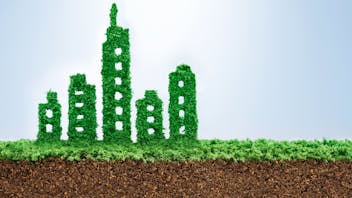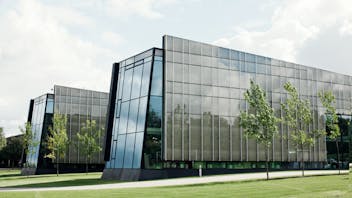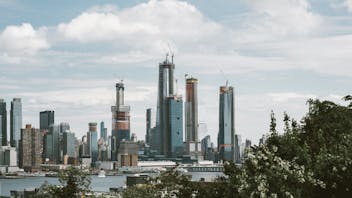Food production of the future
The global food production system is under pressure.
Researchers at the Wageningen University in the Netherlands estimate that by 2050, the world will have to produce twice the amount of food using half the resources compared to today[1] - all while dealing with climate change-related threats to food security[2].
Growing systems using Grodan play an important role in overcoming these challenges. Research carried out by Wageningen University shows that high-tech greenhouses have the biggest positive impact on the UN Sustainable Development Goals compared with all other growing systems and score highest within water and nutrient efficiency[3].
Professional growers use Grodan to produce fresh vegetables in a highly efficient way, using less water, fertiliser, and pesticides than soil-based solutions. Food produced on Grodan growing media uses 53 percent less water, while achieving 76 percent more yield – and it requires far less land, meaning it can be produced locally, reducing transportation.
Read more about the impact of Grodan here.
[1] Passion for better future, Grodan, 2016. The facts presented in this booklet are a summary of a scientific review of dr. ir. Ep Heuveling and prof. dr. Leo Marcelis from Wageningen University & Research and based on UN, https://www.grodan.com/about/sustainability/
[2] Special report on climate change and land: Food Security, IPCC, 2019, https://www.ipcc.ch/srccl/
[3] Evaluating Greenhouse Production Systems based on United Nations Sustainable Development Goals, Dianfan Zhou, Ep Heuvelink, Leo F.M. Marcelis, Wageningen, 2020. Nutrient efficiency is the reuse of the nutrient solution (recirculation) and herewith minimising its loss. It is made possible in high-tech soilless cultivation systems with stone wool.
